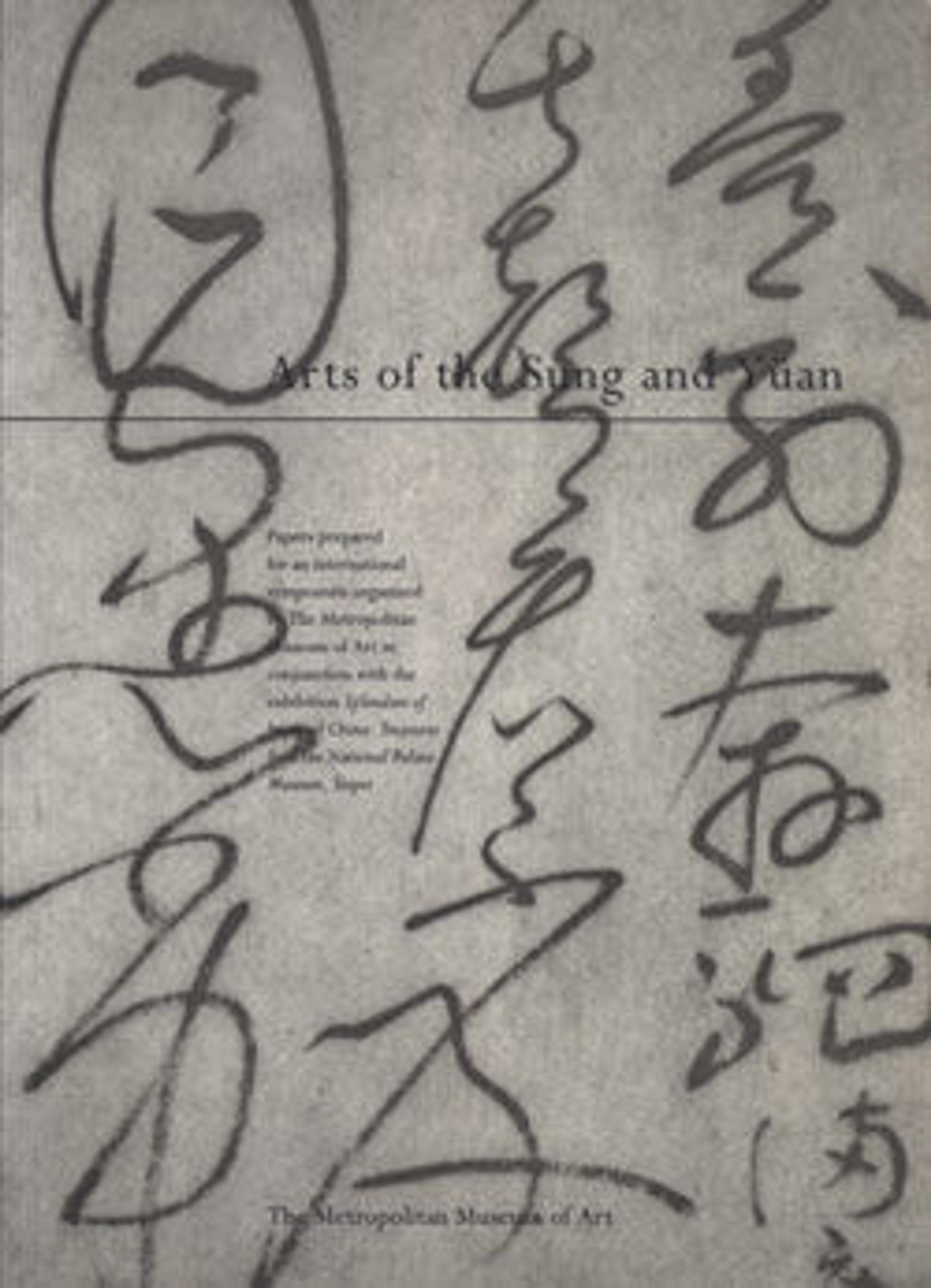Travelers in a Wintry Forest
During the tenth and eleventh centuries, majestic trees rivaled panoramic landscapes as sources of artistic inspiration. The hermit-painter Jing Hao (act. 900–930), for example, saw in the pine tree "the moral character of the virtuous man," while the preeminent landscape master Li Cheng (919–967) is said to have painted desolate scenes of winter because "men of virtue are now found only in the wilderness.
Travelers in a Wintry Forest follows a well-known composition by Li Cheng as described by Mi Fu (1051–1107) in his History of Painting. The scene is a microcosm of the natural cycle of growth and decay, with the great pine, symbolizing the virtuous gentleman, surrounded by trees ranging from youthful saplings to a shattered ancient hulk. The stoic silence of the wintry forest is matched by the unyielding spirit of the scholar on his donkey—the noble recluse who has entered the mountains to rediscover in nature the moral order that is lost in the human world.
Travelers in a Wintry Forest follows a well-known composition by Li Cheng as described by Mi Fu (1051–1107) in his History of Painting. The scene is a microcosm of the natural cycle of growth and decay, with the great pine, symbolizing the virtuous gentleman, surrounded by trees ranging from youthful saplings to a shattered ancient hulk. The stoic silence of the wintry forest is matched by the unyielding spirit of the scholar on his donkey—the noble recluse who has entered the mountains to rediscover in nature the moral order that is lost in the human world.
Artwork Details
- 宋 佚名 舊傳 李成 寒林策驢圖 軸
- Title:Travelers in a Wintry Forest
- Artist:Unidentified artist Chinese, active early 12th century
- Artist:Traditionally attributed to Li Cheng (Chinese, 919–967)
- Period:Song dynasty (960–1279)
- Date:early 12th century
- Culture:China
- Medium:Hanging scroll; ink and color on silk
- Dimensions:Image: 63 3/4 × 39 1/2 in. (161.9 × 100.3 cm)
Overall with mounting: 10 ft. 3 1/2 in. × 49 in. (313.7 × 124.5 cm)
Overall with knobs: 10 ft. 3 1/2 in. × 53 3/8 in. (313.7 × 135.6 cm) - Classification:Paintings
- Credit Line:Purchase, Fletcher Fund and Bequest of Dorothy Graham Bennett, 1972
- Object Number:1972.121
- Curatorial Department: Asian Art
More Artwork
Research Resources
The Met provides unparalleled resources for research and welcomes an international community of students and scholars. The Met's Open Access API is where creators and researchers can connect to the The Met collection. Open Access data and public domain images are available for unrestricted commercial and noncommercial use without permission or fee.
To request images under copyright and other restrictions, please use this Image Request form.
Feedback
We continue to research and examine historical and cultural context for objects in The Met collection. If you have comments or questions about this object record, please contact us using the form below. The Museum looks forward to receiving your comments.
